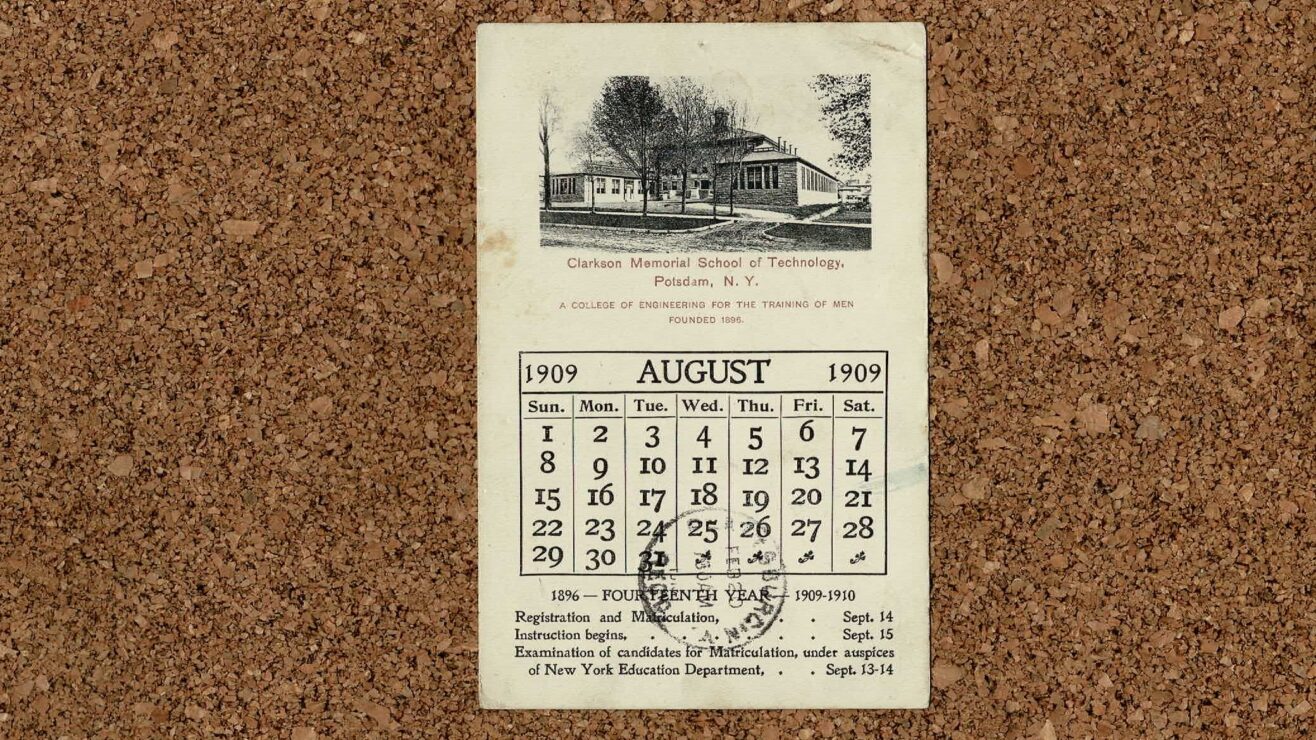In 1558 Robert Reid, Bishop of Orkney, died in Dieppe – having travelled to France to witness the wedding between Mary, Queen of Scots, and Francis, Dauphin of France.
In his will he left 8,000 merks to establish a college in Edinburgh to comprise of three schools:
ane thairof for the bairnis in Grammar, and uther for thame that leirnis poetre and oratore, […] the third scole for the techeing of the civile and canon lawis”
from the very helpful “Our History” webpages maintained by the university
A merk, by the way, is an obsolete Sottish silver coin, equal to 13 shillings and 4 pence in old Scottish money. This equated to 1 English shilling when the currencies were unified in 1707.
The National Archives’ helpful historical currency converter values this at about £94,000 today – or enough to buy 84 horses, or 320 cows, or 1,250 stones of wool, or 430 quarters of wheat, or 13,333 days work of a skilled tradesperson.
Now £94k doesn’t seem a lot today to found a university, but look at the daily wages. A plumber in Edinburgh will charge between £300 and £400 per day, so the 8,000 merks is equal to between £4million and £5.3million, which is a much more handsome bequest. (There’s obviously some margin of error in these sums!)
In any event, Bishop Robert’s bequest did found a college, although it didn’t open until 1582 – the delay due to the length of time it took to gain probate, politics, and envy. Nevertheless, the City Council persisted, and by 1582 had land, a regent (Robert Rollock), a library, and a charter issued by King James.
What we would now call a foundation year was in place right from the start. To quote from the University’s history again:
All classes were to be taught in Latin, so the Council’s next act was to organize an entrance examination, to ascertain that potential students had sufficient Latin to follow Rollock’s teaching. This was conducted on 11 October 1583, and a considerable number of applicants failed. On Rollock’s advice, they were not absolutely excluded from the College. A tutor, Duncan Nairn, was employed to bring their Latin up to the standard over a preparatory year, which would not count as part of their four year curriculum for graduation The College opened on 14 October 1583, with an attendance of 80-90 students, of whom 50-60 were in Rollock’s class, and the rest in Nairn’s preparatory class.”
Never let it be said that Russell Group universities do not believe in widening access.
There’s more history to Edinburgh than can be covered in one blog, so let’s focus on the card itself, which was posted in 1906. The building shown was substantially constructed between 1789 and 1827 – it was then known as the New College, but is now the Old College. Sic transit gloria mundi. The dome you can see was added in 1887.
The Old College now houses the Edinburgh School of Law (a successor to one of the original schools of the university) and the Talbot Rice Gallery, named for Professor David Talbot Rice, Watson Gordon Professor of Fine Art at the University of Edinburgh from 1934 to 1972.













